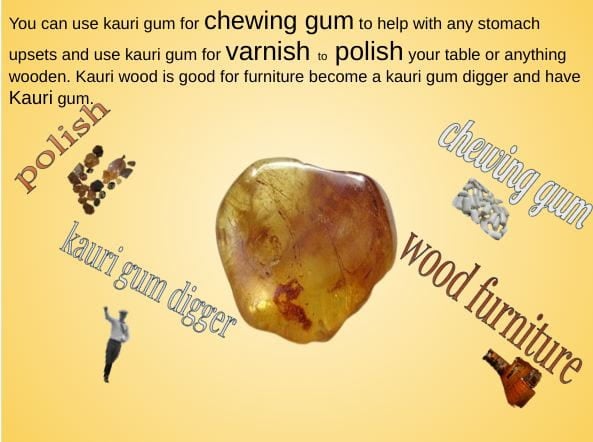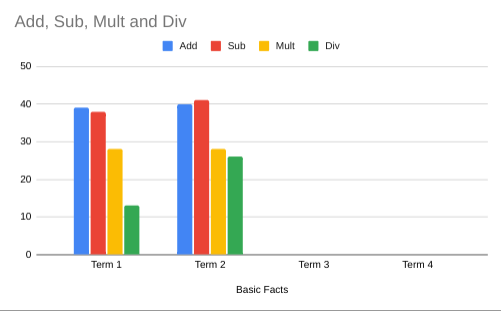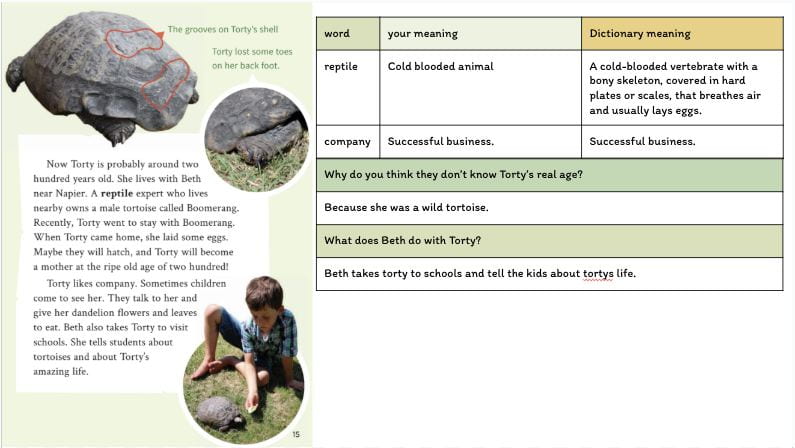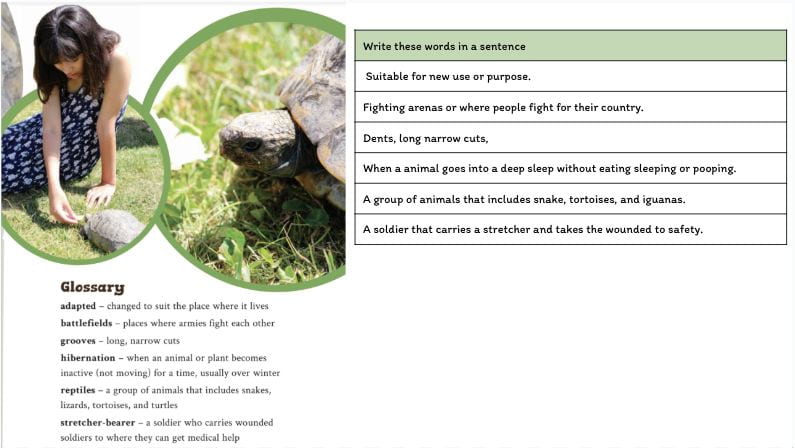The last 2 weeks of this term, my reading group has been learning about kauri gum and have been reading Digging for Kauri Gum. The book is about kauri gum and gum diggers. Before we read the book, we had to do the prior knowledge slide and read the book with Whaea Debb. We had to do a diary and an advertisement about kauri gum and what you can use it for. Something I now know is that they used kauri gum for chewing gum that they use for stomach upsets.








